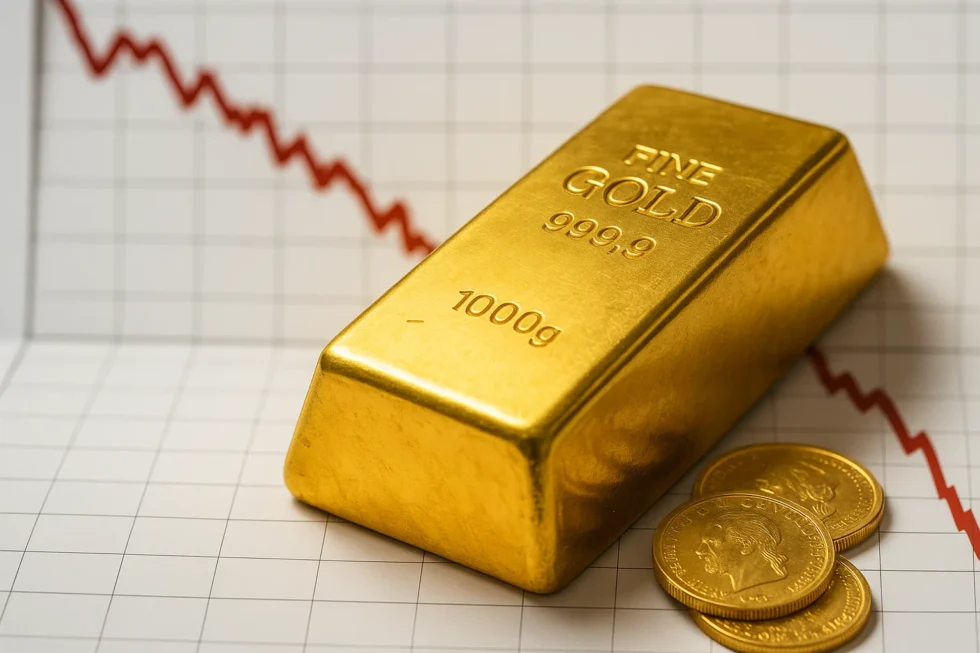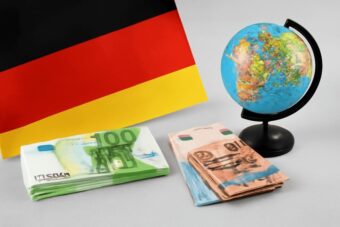Why Has Gold Dropped Below $4,000 — and Should You Buy Now

Frankfurt / Zurich – After reaching record highs earlier this month, the gold price has fallen back below $4,000 per ounce, marking one of the sharpest corrections in more than a decade. Analysts attribute the decline to progress in U.S.–China trade talks, a stronger dollar, and profit-taking among major institutional investors. The move has temporarily cooled a rally that had driven gold to nearly $4,400 per ounce, its highest level in history. G.Business reports, citing the nume.ch, that investors are now debating whether this marks a turning point — or a fresh opportunity.
Over the past week alone, gold recorded its biggest single-day drop in twelve years, losing roughly 10 percent since the October peak. Yet experts describe the downturn as part of a “technical correction” after months of speculative momentum. Many see the pullback as an inevitable adjustment rather than the end of the gold bull run.
“The recent drop is not panic — it’s a reset,” says John Reade, Chief Market Strategist at the World Gold Council (WGC).
“Even at $3,500 per ounce, gold remains historically expensive — but that’s a healthy level for long-term stability.”
According to Bloomberg, gold is still over 50 percent higher year-on-year, outperforming both global equities and bonds. Analysts point to a mix of macroeconomic forces — inflation pressures, high public debt, and geopolitical risks— that continue to make gold attractive as a store of value.
In Switzerland, one gram of fine gold currently trades around 105 Swiss francs, while in Germany the price averages 113 euros. European dealers have reported renewed retail demand from private investors using the dip to diversify their portfolios. “Physical bullion sales in Zurich and Munich have picked up again,” says a metals trader at a major European bank.
The correction has also been accelerated by algorithmic trading: when gold broke below key technical levels, automated systems triggered additional sell orders. Nonetheless, major institutions such as UBS and Deutsche Bank remain optimistic. UBS forecasts a rebound to $4,300–$4,500 per ounce by mid-2026, citing persistent structural demand from central banks and emerging markets.
“Gold remains the backbone of global portfolio diversification,” notes Markus Müller, Chief Investment Strategist at Deutsche Bank.
“Short-term volatility shouldn’t scare investors — it’s part of a long-term accumulation cycle.”
For investors in Germany and Switzerland, the latest correction may therefore be less of a warning sign and more of a strategic entry point. With inflation still elevated and bond yields fluctuating, gold’s reputation as a crisis hedge seems as solid as ever — just at a more reasonable price.
Stay connected for news that works — timely, factual, and free from opinion — and insights that matter now: How to sell an apartment in Germany: taxes, documents and transaction steps.





